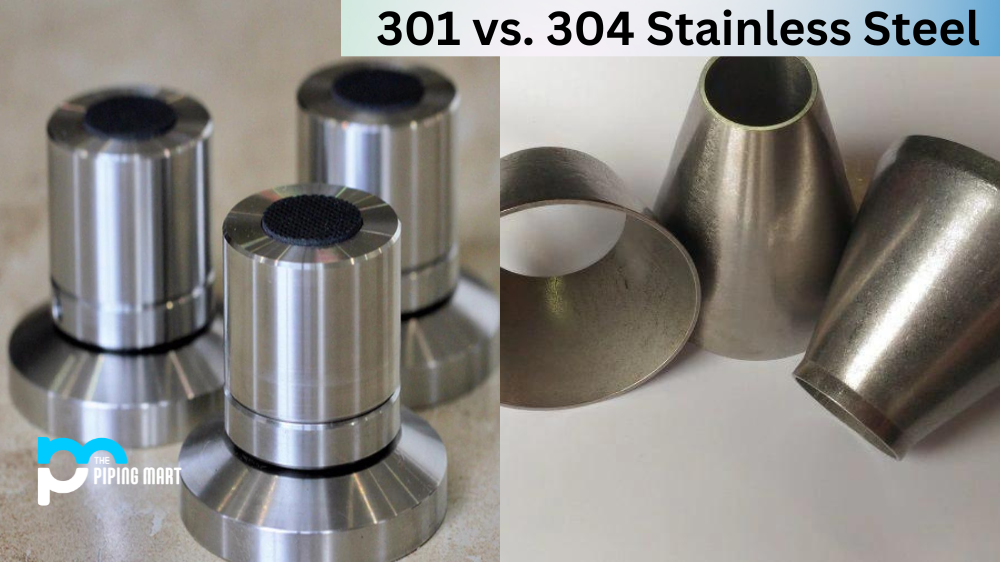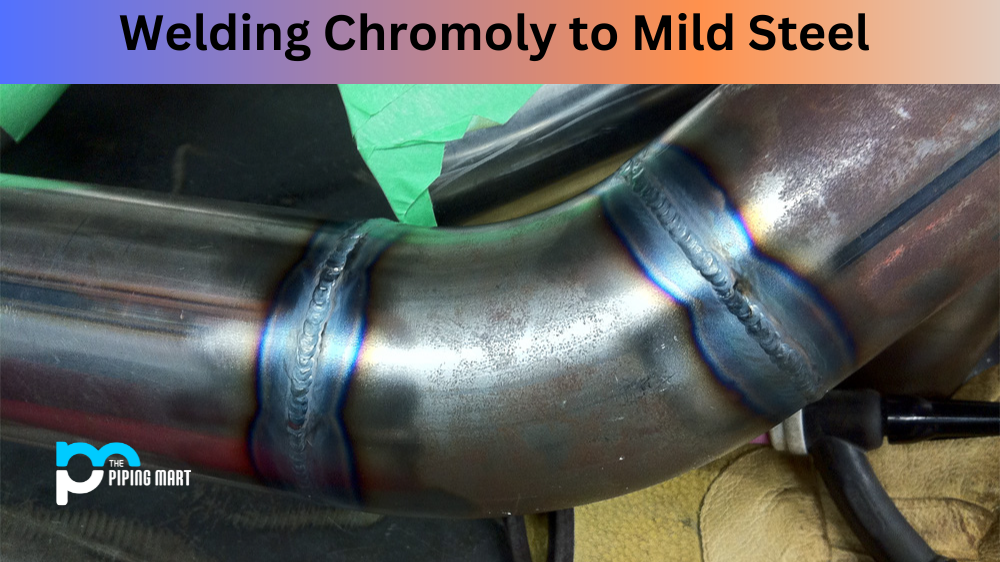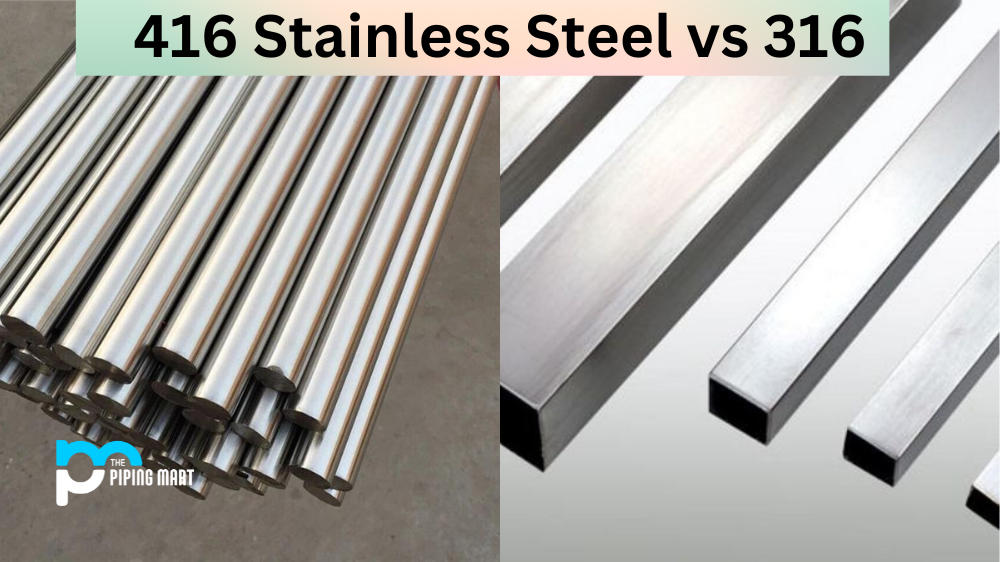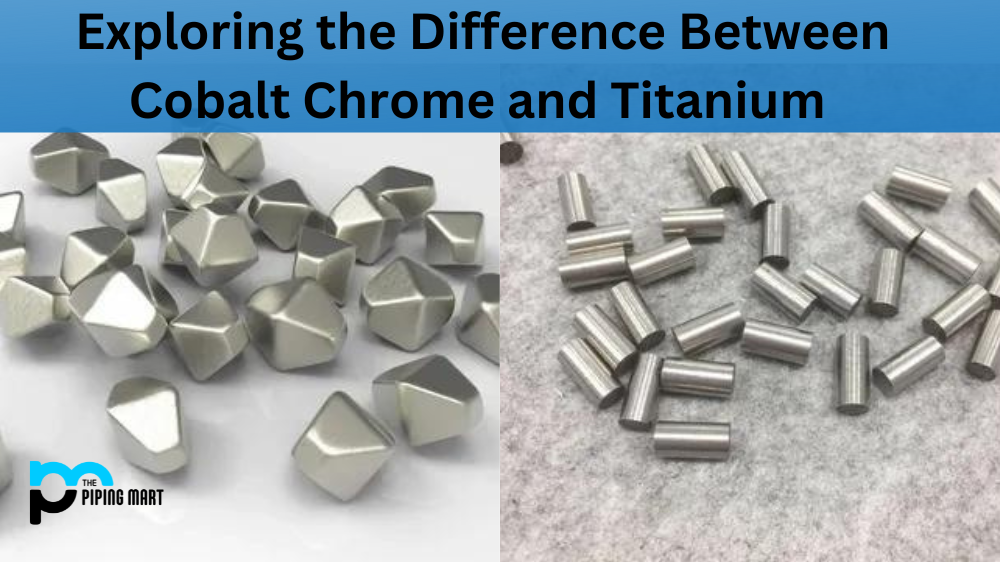When it comes to stainless steel, there are a few different grades that can be used for your project. But two of the most popular grades include 301 and 304 stainless steel. Both of these alloys have their own unique properties and uses. In this article, we’ll be breaking down the differences between them so you can make an informed decision.
What is 301 Stainless Steel?
301 stainless steel is an austenitic grade alloy that contains 17% chromium, 7% nickel, and 3% manganese. It has a high tensile strength of up to 1,500 MPa as well as excellent corrosion resistance. This grade of stainless steel is also magnetic, meaning it can be easily machined and welded. Due to its high strength-to-weight ratio, it’s often used in aerospace applications or any other application where lightweight components are needed.
What is 304 Stainless Steel?
304 stainless steel is also an austenitic grade alloy that contains 18% chromium and 8% nickel. It has higher levels of corrosion resistance than 301 because it contains more chromium and nickel, which act as barriers against corrosion caused by moisture or other elements in the environment. This grade of stainless steel is also non-magnetic, so it won’t be attracted to magnets like some steel are. It’s commonly used in food processing equipment, medical instruments, cookware, kitchen appliances, and architectural panels due to its versatility and durability.
Difference Between 301 and 304 Stainless Steel
The main difference between these two grades lies in their tensile strength; while both have excellent corrosion resistance properties, the greater tensile strength of 301 makes it better suited for applications needing higher-strength components such as fasteners or springs. Additionally, 304 has a lower cost compared to 301 due to its higher availability on the market, which makes it ideal for large-scale projects that require bulk quantities of material at a lower cost per unit weight.
Composition
The main difference between 301 and 304 stainless steel is the composition. 301 is made of less chromium and nickel than 304. This makes it ideal for applications where corrosion is a concern, such as in automotive exhaust systems.
Corrosion Resistance
Corrosion resistance is the primary reason why one would choose 304 over 301 stainless steel. 304 is more resistant to corrosion than 301, making it the preferred choice for food processing equipment, kitchen appliances, and medical devices.
Strength
While both 301 and 304 stainless steels are strong, 304 is stronger than 301. This makes it the better choice for applications where strength is a concern, such as in structural applications.
Temperature Resistance
Both 301 and 304 stainless steels are resistant to high temperatures, but 304 is better suited for applications where temperature extremes are a concern, such as in high-temperature environments or in medical devices that may be exposed to sterilization temperatures.
Magnetism
One downside of 304 stainless steel is that it is slightly more magnetic than its counterpart, 301 stainless steel. This means that it may not be suitable for applications where magnetism is a concern, such as in electrical equipment or in magnetic resonance imaging (MRI) machines.
Cost
The cost of 301 and 304 stainless steel varies depending on the supplier and the amount you purchase. However, generally speaking,301 stainless steel is cheaper than 304 stainless steel. This makes it the better choice for applications where cost is a major consideration.
Availability
Both 301 and 304 stainless steel are widely available from a variety of suppliers. However,301 stainless steel may be more difficult to find in some sizes and grades than 304 stainless steel. This can make it a less convenient choice for some applications.
Conclusion:
When choosing between 301 vs 304 stainless steel for your project, there are many factors that come into play, such as cost-effectiveness and application requirements. While both types offer good corrosion resistance, they differ in terms of their tensile strengths, with 304 being weaker than 301 but still providing adequate support when needed in certain applications like cookware or medical instruments where weight savings may not be necessary but still desired due to its lower cost per unit weight over other materials available on the market today! Understanding both grades will help you make an informed decision on which one best suits your needs!

Meet Bhavesh, a seasoned blogger with a wealth of knowledge and experience. From metal products manufacturing to retail, Bhavesh has a diverse background in various industries and is dedicated to sharing his insights and expertise with readers.




